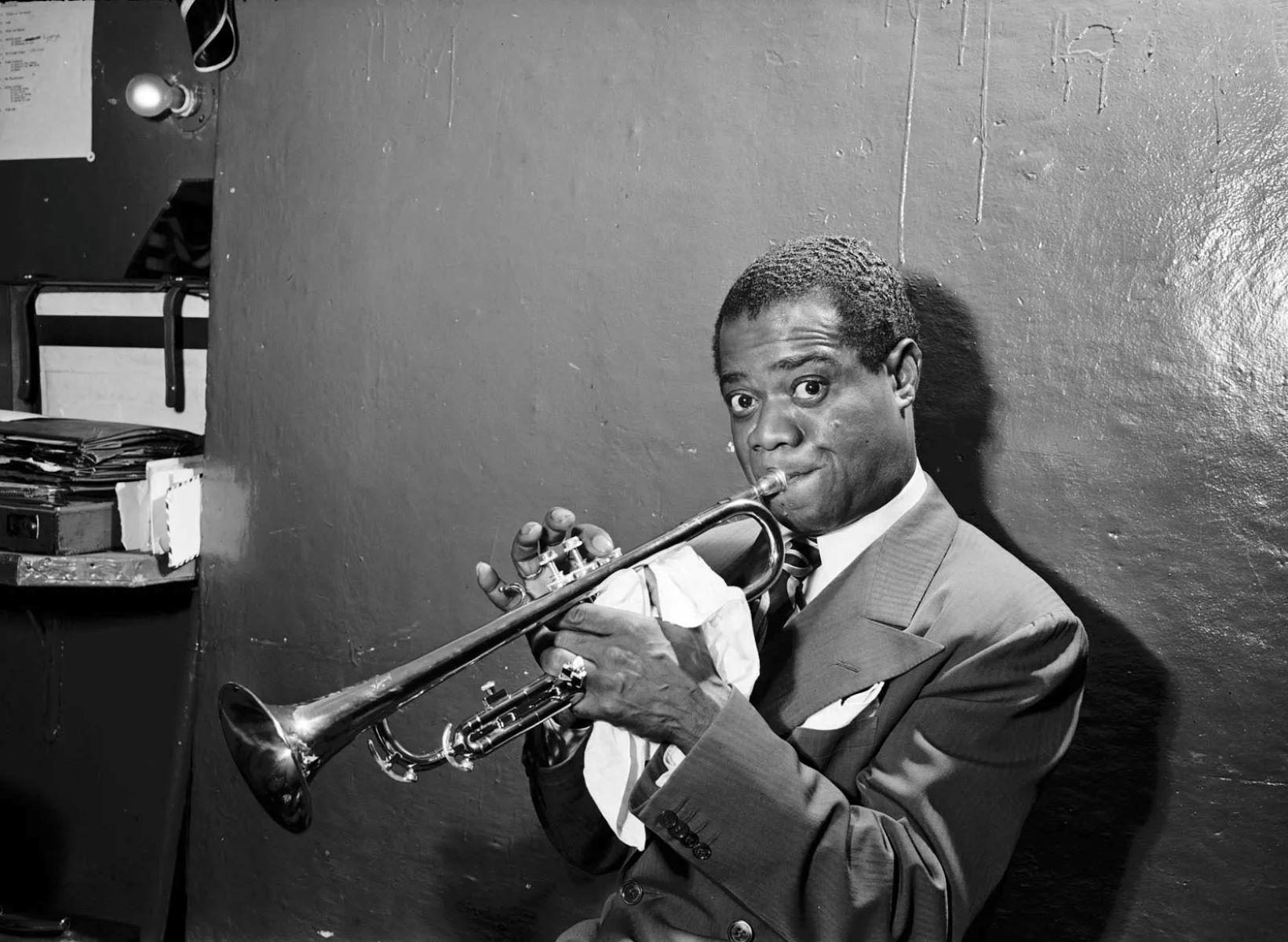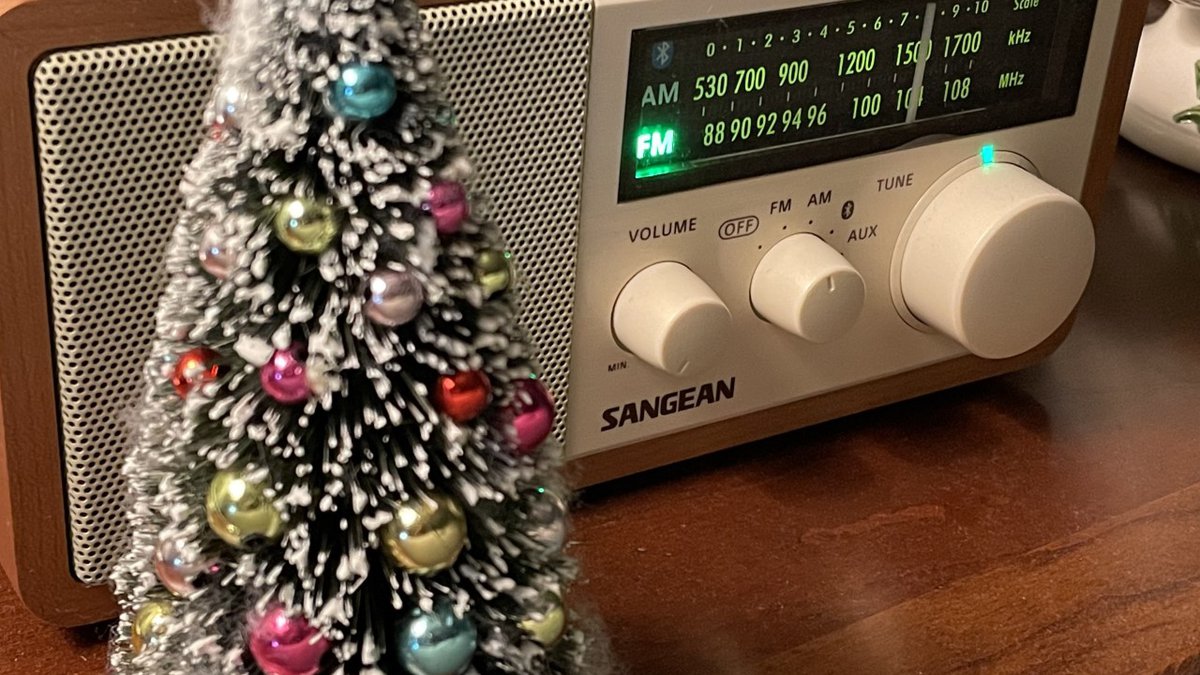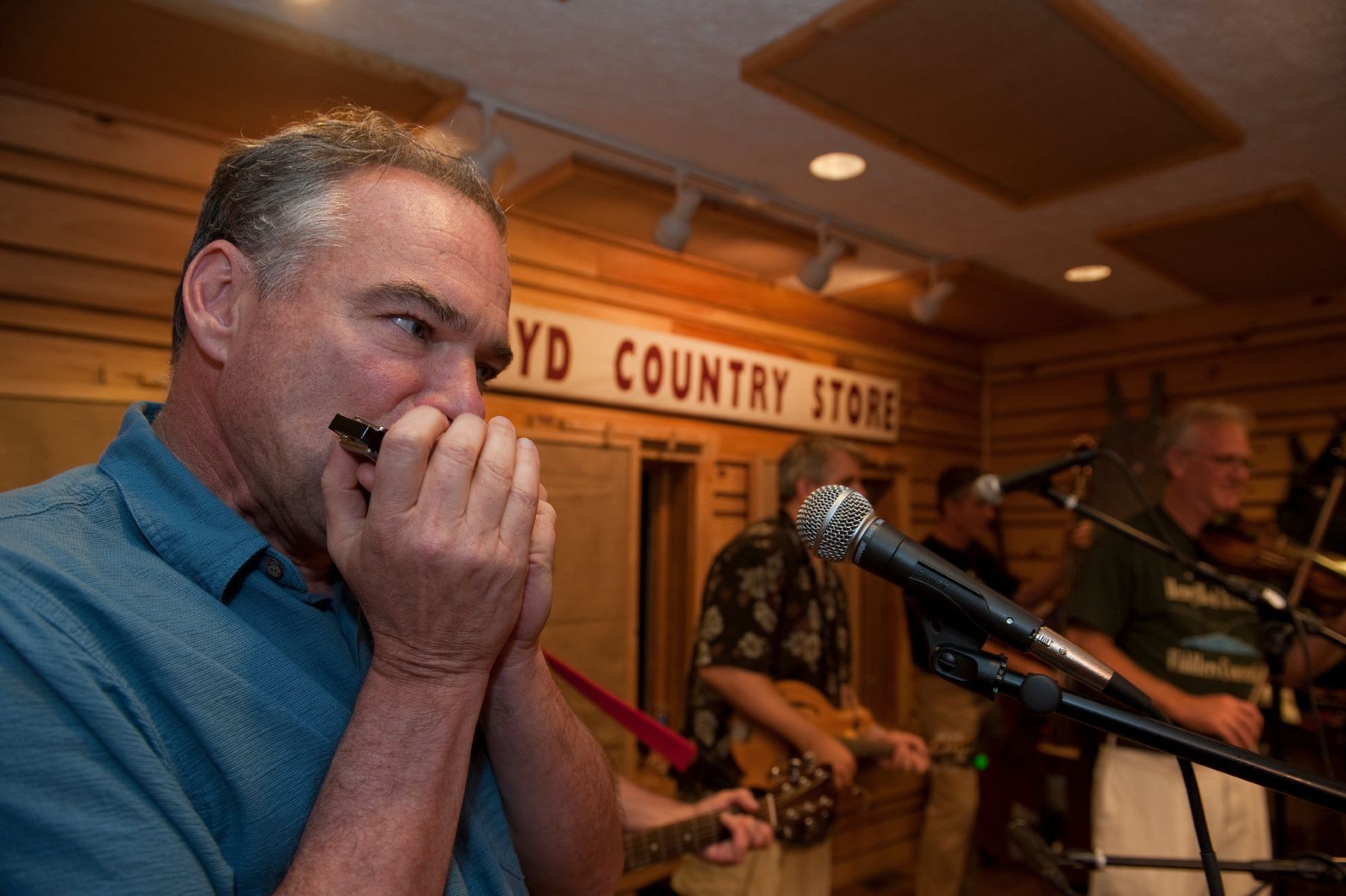Home>Instruments>Guitar>Where To Start When Learning To Play The Guitar


Guitar
Where To Start When Learning To Play The Guitar
Published: February 16, 2024
Learn to play the guitar with our beginner's guide. Find the best resources and tips for mastering the guitar. Start your musical journey today!
(Many of the links in this article redirect to a specific reviewed product. Your purchase of these products through affiliate links helps to generate commission for AudioLover.com, at no extra cost. Learn more)
Table of Contents
Introduction
Introduction
So, you've decided to embark on a musical journey and learn to play the guitar. Congratulations on choosing one of the most versatile and beloved instruments in the world! Whether you're drawn to the soulful strumming of an acoustic guitar or the electrifying riffs of an electric guitar, the path to mastering this instrument is both rewarding and fulfilling.
Learning to play the guitar offers a myriad of benefits beyond simply mastering a new skill. It can serve as a creative outlet, a form of self-expression, and a means of relaxation. Additionally, playing the guitar can enhance cognitive abilities, improve hand-eye coordination, and boost confidence.
As you begin this exciting endeavor, it's important to approach it with an open mind and a willingness to dedicate time and effort to practice. While it may seem daunting at first, with the right guidance and determination, you'll soon find yourself strumming along to your favorite tunes and even creating music of your own.
In the following sections, we'll explore the essential steps to take as you start your guitar-playing journey. From selecting the right instrument to mastering fundamental techniques and delving into music theory, this guide will provide you with a comprehensive roadmap to becoming a proficient guitarist. So, grab your guitar, tune those strings, and let's dive into the wonderful world of guitar playing.
Getting the Right Guitar
Getting the Right Guitar
Before you can start strumming away, it’s essential to select a guitar that suits your playing style and preferences. The two primary types of guitars are acoustic and electric, each offering distinct characteristics and sounds.
Acoustic Guitars:
If you’re drawn to the raw, organic sound of acoustic music, an acoustic guitar may be the perfect choice for you. These guitars are versatile and well-suited for various genres, from folk and country to pop and rock. When selecting an acoustic guitar, consider factors such as body shape, tonewood, and string type to ensure that it resonates with your musical inclinations.
Electric Guitars:
For those inclined towards rock, blues, jazz, or metal, an electric guitar offers a broad spectrum of sonic possibilities. These guitars require an amplifier to produce sound and are known for their sleek designs and the ability to experiment with different effects and tones. When choosing an electric guitar, factors such as body style, pickups, and bridge type should be taken into account to align with your musical aspirations.
Regardless of whether you opt for an acoustic or electric guitar, it’s crucial to find a comfortable instrument that feels right in your hands. Visit local music stores to try out different guitars, assess their playability, and determine which one resonates with you both sonically and ergonomically. Additionally, consider seeking advice from experienced guitarists or instructors who can offer valuable insights based on your skill level and musical preferences.
Investing in a quality instrument, whether it’s an acoustic or electric guitar, is an important step in your musical journey. A well-crafted guitar that aligns with your playing style and resonates with your musical aspirations will inspire and motivate you as you progress in your guitar-playing endeavors.
Learning the Basics
Learning the Basics
Once you’ve acquired the right guitar, it’s time to delve into the fundamentals of playing this remarkable instrument. Mastering the basics sets the groundwork for your musical journey and empowers you to progress with confidence and proficiency.
Understanding Guitar Anatomy:
Before strumming your first chord, familiarize yourself with the various parts of the guitar. From the headstock and tuning pegs to the fretboard and bridge, each component plays a crucial role in producing sound and shaping your playing experience. Take the time to learn about the strings, frets, and how to hold the guitar comfortably to set the stage for your learning process.
Learning Proper Posture and Hand Placement:
Establishing correct posture and hand placement is essential for developing good playing habits and preventing strain or injury. Whether sitting or standing, maintaining a relaxed yet upright posture and positioning your hands and fingers optimally on the fretboard and strings will enhance your playing dexterity and overall comfort while practicing and performing.
Exploring Basic Chords and Scales:
Chords and scales form the building blocks of guitar playing. Begin by acquainting yourself with fundamental open chords such as G, C, D, E, and A, and practice transitioning between them smoothly. Additionally, familiarize yourself with basic scales, such as the pentatonic and major scales, to develop finger strength, coordination, and an understanding of musical intervals.
Rhythm and Strumming Techniques:
Developing a strong sense of rhythm and mastering various strumming patterns are integral to becoming a proficient guitarist. Practice playing along to a metronome or drum track to hone your timing and explore different strumming techniques, including downstrokes, upstrokes, and rhythmic accents, to infuse your playing with dynamic and groove.
As you immerse yourself in learning the basics, patience and consistent practice are key. Embrace the learning process with enthusiasm and dedication, and celebrate each milestone, no matter how small. With time and perseverance, you’ll lay a solid foundation for your guitar-playing journey and pave the way for more advanced techniques and musical exploration.
Practicing Techniques
Practicing Techniques
Effective practice is the cornerstone of progress for any guitarist, regardless of skill level. By implementing purposeful and structured practice techniques, you can maximize your learning potential and steadily enhance your playing abilities.
Consistent Practice Schedule:
Establishing a consistent practice routine is essential for continual improvement. Set aside dedicated time each day to engage with your instrument, even if it’s just for a brief practice session. Consistency is key, and regular practice reinforces muscle memory, strengthens technique, and fosters a deeper connection with the instrument.
Focus on Technique and Precision:
Devote a portion of your practice time to refining your technique. Whether it’s perfecting chord transitions, developing fingerpicking dexterity, or mastering intricate riffs, paying attention to precision and clarity in your playing will yield significant advancements. Break down challenging passages into manageable segments and gradually increase the tempo as you gain proficiency.
Ear Training and Musical Perception:
Engage in ear training exercises to sharpen your musical perception and enhance your ability to recognize melodies, chords, and rhythms by ear. This skill is invaluable for learning songs, improvisation, and developing a deeper understanding of music. Practice identifying intervals, chord progressions, and transcribing simple melodies to bolster your musical ear.
Exploration and Creativity:
While structured practice is essential, don’t overlook the importance of exploration and creativity. Set aside time to experiment with different playing styles, create your own musical ideas, and improvise freely. Cultivating a sense of musical spontaneity and originality contributes to your growth as a guitarist and nurtures your unique musical identity.
Seeking Feedback and Recording:
Recording your practice sessions and performances provides valuable insights into your progress and areas for improvement. Additionally, seeking feedback from experienced guitarists, instructors, or peers can offer constructive guidance and fresh perspectives. Embrace feedback as a means of refining your skills and broadening your musical horizons.
By integrating these focused practice techniques into your daily routine, you’ll not only elevate your playing proficiency but also cultivate a deep appreciation for the art of guitar playing. Embrace each practice session as an opportunity for growth and musical exploration, and the rewards will undoubtedly manifest in your playing.
Understanding Music Theory
Understanding Music Theory
While the guitar is undeniably a captivating instrument on its own, delving into music theory can significantly enrich your playing and deepen your understanding of the musical language. Music theory serves as the framework that underpins compositions, improvisation, and musical communication, empowering you to comprehend and interpret music with greater insight.
Essential Elements of Music Theory:
Begin by acquainting yourself with fundamental elements of music theory, including notes, scales, intervals, chords, and rhythm. Understanding the relationship between these elements lays the groundwork for interpreting musical notation, constructing chord progressions, and composing your own music.
Chord Construction and Progressions:
Explore the construction of chords and their role in forming harmonic progressions. Familiarize yourself with chord formulas, such as major, minor, and dominant chords, and learn how these chords interact within progressions to create compelling musical sequences. This knowledge will enhance your ability to interpret songs, create accompaniments, and compose original compositions.
Scale Theory and Melodic Understanding:
Delve into scale theory to grasp the intricacies of melody construction and improvisation. Learn about various scales, such as the major scale, natural minor scale, and modes, and explore how these scales contribute to melodic expression and musical phrasing. Developing fluency in scales equips you with the tools to craft captivating solos and melodic motifs.
Rhythmic Notation and Time Signatures:
Gain proficiency in reading rhythmic notation and understanding different time signatures. Familiarize yourself with rhythmic values, such as whole notes, half notes, and sixteenth notes, and practice counting and interpreting rhythmic patterns. A solid grasp of rhythm enhances your ability to interpret and execute diverse musical styles with precision.
Application to Guitar Playing:
As you delve into music theory, strive to apply your newfound knowledge directly to the guitar. Experiment with chord progressions, scale patterns, and rhythmic variations on the instrument, integrating theoretical concepts with practical application. This hands-on approach solidifies your understanding of music theory and its direct relevance to your guitar playing endeavors.
Embracing music theory as an integral part of your guitar journey opens doors to a deeper appreciation of music and a heightened ability to express yourself musically. By melding theoretical understanding with practical application, you’ll expand your musical horizons and elevate your guitar playing to new heights.
Playing Your First Song
Playing Your First Song
Embarking on the journey of learning to play the guitar culminates in the exhilarating milestone of performing your first song. This moment marks a significant achievement and serves as a testament to your dedication and perseverance in mastering this beloved instrument. As you approach this pivotal moment, consider the following steps to guide you through the process of learning and playing your inaugural song.
Selecting an Appropriate Song:
Choose a song that resonates with your musical tastes and aligns with your current skill level. Opt for a piece that encompasses familiar chords and manageable chord transitions, allowing you to focus on the joy of playing and performing without overwhelming technical complexities.
Learning Chords and Progressions:
Identify the chords and chord progressions featured in the song, and practice them individually to attain proficiency. Pay attention to chord transitions and strumming patterns, ensuring that each chord change is executed smoothly and in sync with the song’s rhythm.
Refining Timing and Dynamics:
Pay heed to the song’s dynamics and rhythmic nuances, aiming to replicate the original piece’s timing and expression. Focus on maintaining a steady tempo, accentuating chord accents, and infusing the performance with dynamic variation to convey the song’s emotive qualities.
Embracing the Learning Process:
Approach the learning process with patience and a sense of enjoyment, relishing each step of mastering the song. Embrace the opportunity to refine your playing technique, deepen your musical understanding, and savor the satisfaction of bringing a piece of music to life through your guitar.
Sharing Your Achievement:
Once you’ve mastered your first song, consider sharing your accomplishment with friends, family, or fellow musicians. Playing for an audience, no matter how intimate, can bolster your confidence and provide a sense of fulfillment as you witness the joy and connection that music brings to others.
Playing your first song marks a pivotal moment in your guitar-playing journey, signifying the culmination of dedicated practice and the beginning of a lifelong pursuit of musical expression. Embrace this milestone with pride and enthusiasm, and let it fuel your passion for continued growth and exploration as a guitarist.
Seeking Further Instruction
Seeking Further Instruction
As you progress in your guitar-playing journey, seeking further instruction and guidance can immensely benefit your skill development and musical understanding. Whether you’re a novice seeking foundational knowledge or an intermediate player aiming to refine your technique, exploring additional avenues of instruction can offer invaluable support and inspiration.
Private Lessons:
Enrolling in private guitar lessons with a qualified instructor provides personalized guidance tailored to your specific learning objectives and playing style. A skilled teacher can offer individualized feedback, introduce advanced techniques, and cultivate a structured learning plan to propel your growth as a guitarist.
Online Resources and Courses:
Explore the wealth of online resources, including video tutorials, interactive courses, and educational platforms, designed to cater to guitarists of all levels. These resources offer flexibility in learning, allowing you to access instructional materials at your own pace and delve into diverse genres and playing techniques.
Music Workshops and Seminars:
Participating in music workshops and seminars provides immersive learning experiences and opportunities to interact with seasoned musicians and educators. These events often feature masterclasses, group sessions, and performances, fostering a rich environment for musical inspiration and skill enhancement.
Community and Jam Sessions:
Engaging in community music gatherings and jam sessions offers a platform to collaborate with fellow musicians, share musical insights, and gain exposure to diverse playing styles. These informal settings provide a supportive network for learning, improvisation, and expanding your musical repertoire.
Peer Learning and Collaboration:
Forming musical partnerships and engaging in collaborative projects with fellow guitarists can be a rewarding avenue for mutual learning and creative exchange. Collaborative efforts encourage skill sharing, creative exploration, and the cultivation of a vibrant musical community.
Embracing further instruction and educational opportunities not only enhances your technical proficiency but also nurtures a lifelong passion for musical growth and exploration. By immersing yourself in diverse learning experiences and seeking guidance from knowledgeable mentors, you’ll continue to evolve as a guitarist and enrich your musical journey.
Conclusion
Conclusion
Congratulations on embarking on the enriching journey of learning to play the guitar. As you’ve discovered, this instrument holds boundless potential for creative expression, personal fulfillment, and musical exploration. By following the essential steps outlined in this guide, you’ve laid a solid foundation for your guitar-playing endeavors and set the stage for a fulfilling and enduring musical pursuit.
From the pivotal decision of selecting the right guitar to delving into the intricacies of music theory, you’ve embraced the multifaceted aspects of guitar playing with enthusiasm and dedication. As you progress, remember that patience, consistent practice, and a thirst for knowledge are your allies in this musical odyssey.
As you strum your first chords, master new techniques, and bring melodies to life, cherish each moment of musical discovery. Embrace the joy of playing your favorite songs, celebrate your milestones, and remain open to the endless possibilities that the guitar offers.
Seeking further instruction and connecting with fellow musicians will continue to enrich your musical journey, offering new perspectives, inspiration, and avenues for growth. Whether through private lessons, online resources, or collaborative endeavors, the pursuit of knowledge and skill enhancement is a testament to your commitment to musical excellence.
As you navigate the wondrous world of guitar playing, remember that the journey itself is as valuable as reaching the destination. Embrace the challenges, savor the triumphs, and let your passion for music propel you forward. Your unique musical voice and artistic expression have the power to resonate and inspire, enriching not only your life but the lives of those who have the pleasure of experiencing your music.
So, with your guitar in hand and a melody in your heart, continue to strum, explore, and create. Your guitar journey is a tapestry of creativity, perseverance, and boundless potential. Let the music you create be a reflection of your passion, dedication, and the extraordinary joy of playing the guitar.











